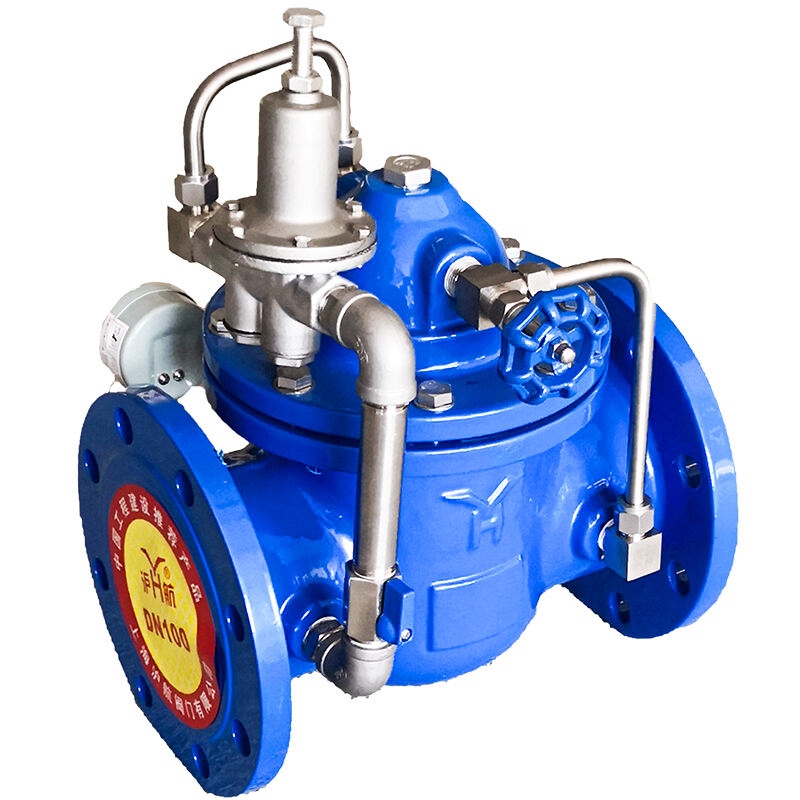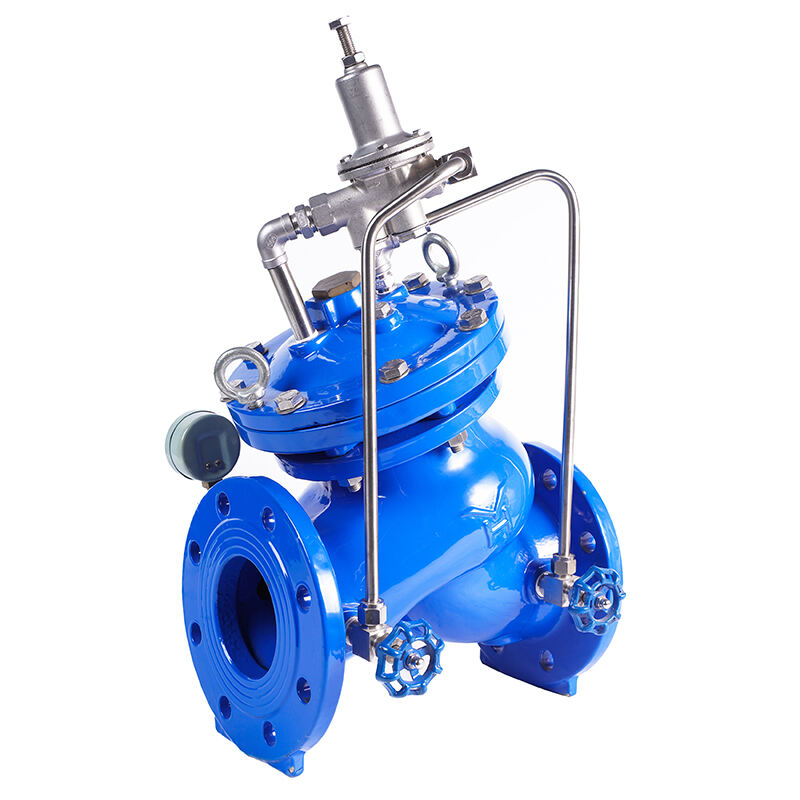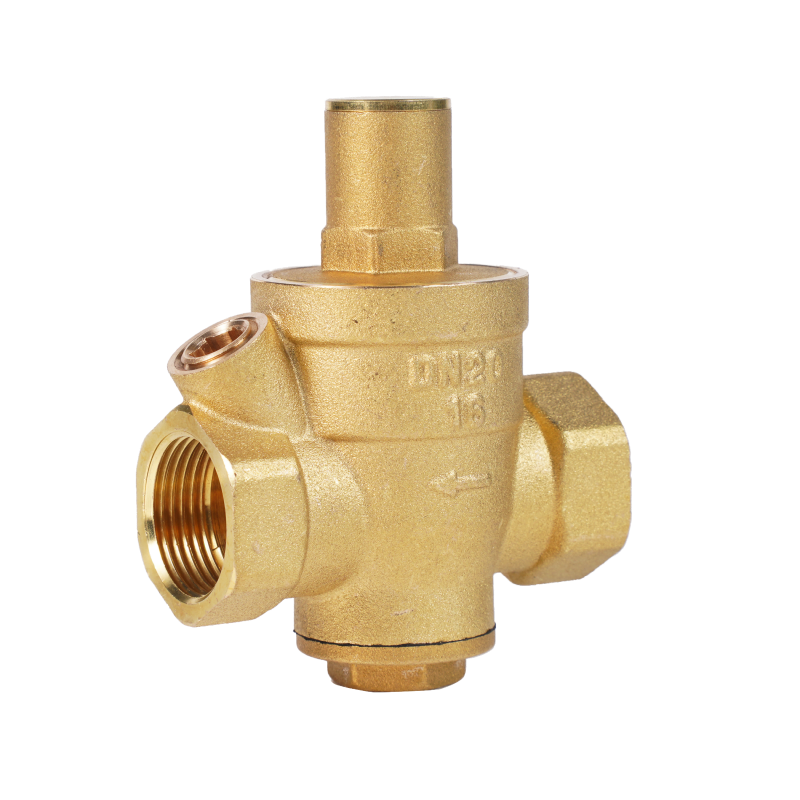water reducing valve
A water reducing valve, also known as a pressure reducing valve, is an essential component in modern plumbing systems that automatically reduces and maintains consistent water pressure from the main supply line to a safer, more manageable level for residential and commercial use. This sophisticated device employs a spring-loaded diaphragm mechanism that responds to downstream pressure changes, automatically adjusting to maintain the desired output pressure regardless of incoming pressure fluctuations. The valve works by creating a restriction in the water flow path, effectively reducing the pressure while maintaining adequate flow rates for various applications. These valves are typically installed at the main water entry point of buildings or in specific sections of plumbing systems where pressure control is critical. They protect plumbing fixtures, appliances, and pipes from excessive pressure that could cause damage or premature wear. Modern water reducing valves often incorporate features such as adjustment screws for precise pressure setting, pressure gauges for monitoring, and built-in strainers to prevent debris from affecting valve operation. They are available in various sizes and materials, including brass, bronze, and stainless steel, to suit different applications and water conditions.


